latest
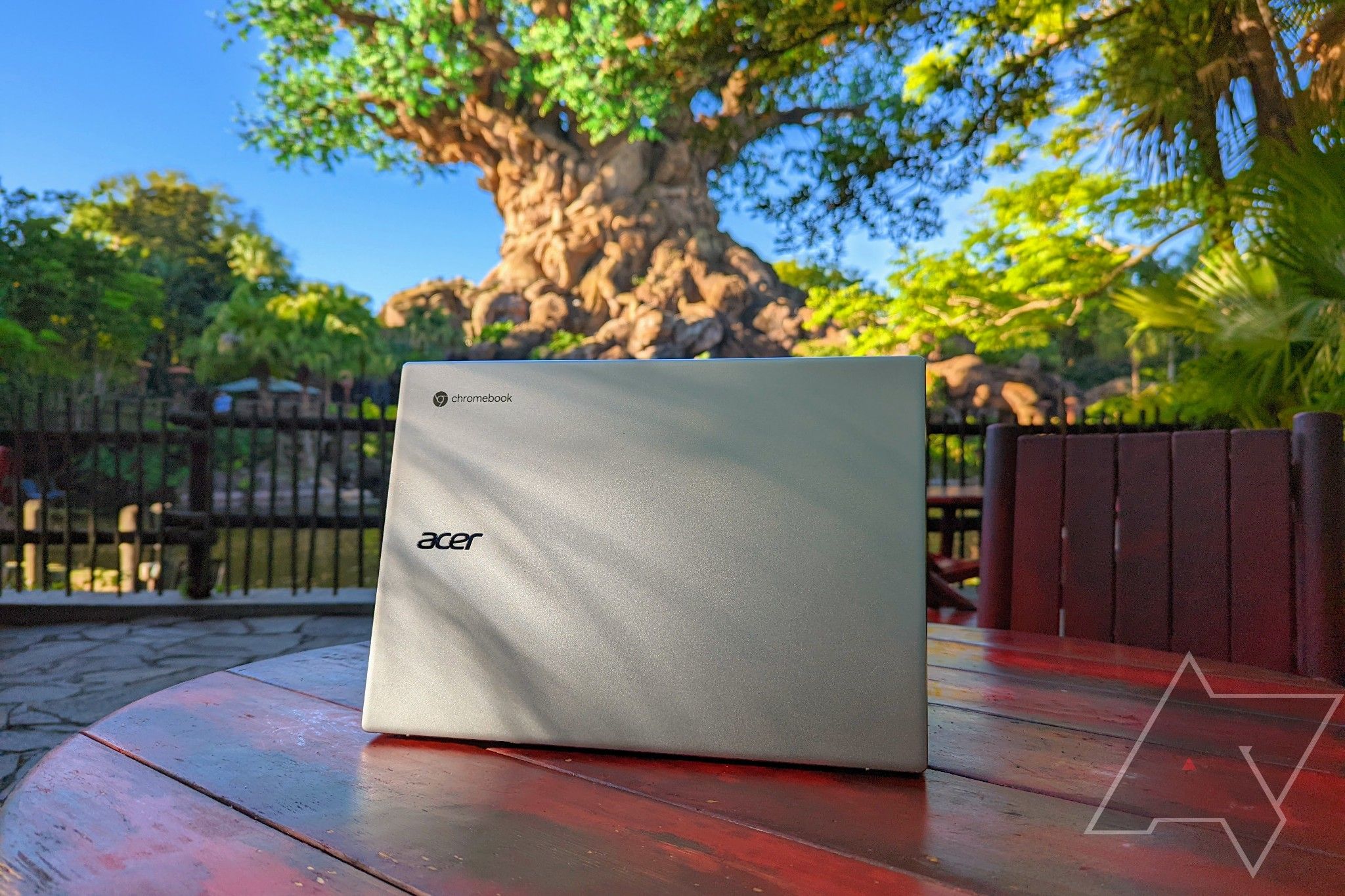
ChromeOS has come a long way from being a glorified web browser to a full-fledged operating system that's packed with great features. Chromebooks come in all shapes and sizes, including some great 2-in-1 laptops, which means there's a Chromebook for everyone. If you're interested in a Chromebook but aren't sure if you want to take the leap and buy one, install ChromeOS on a flash drive and try it on a computer you own.
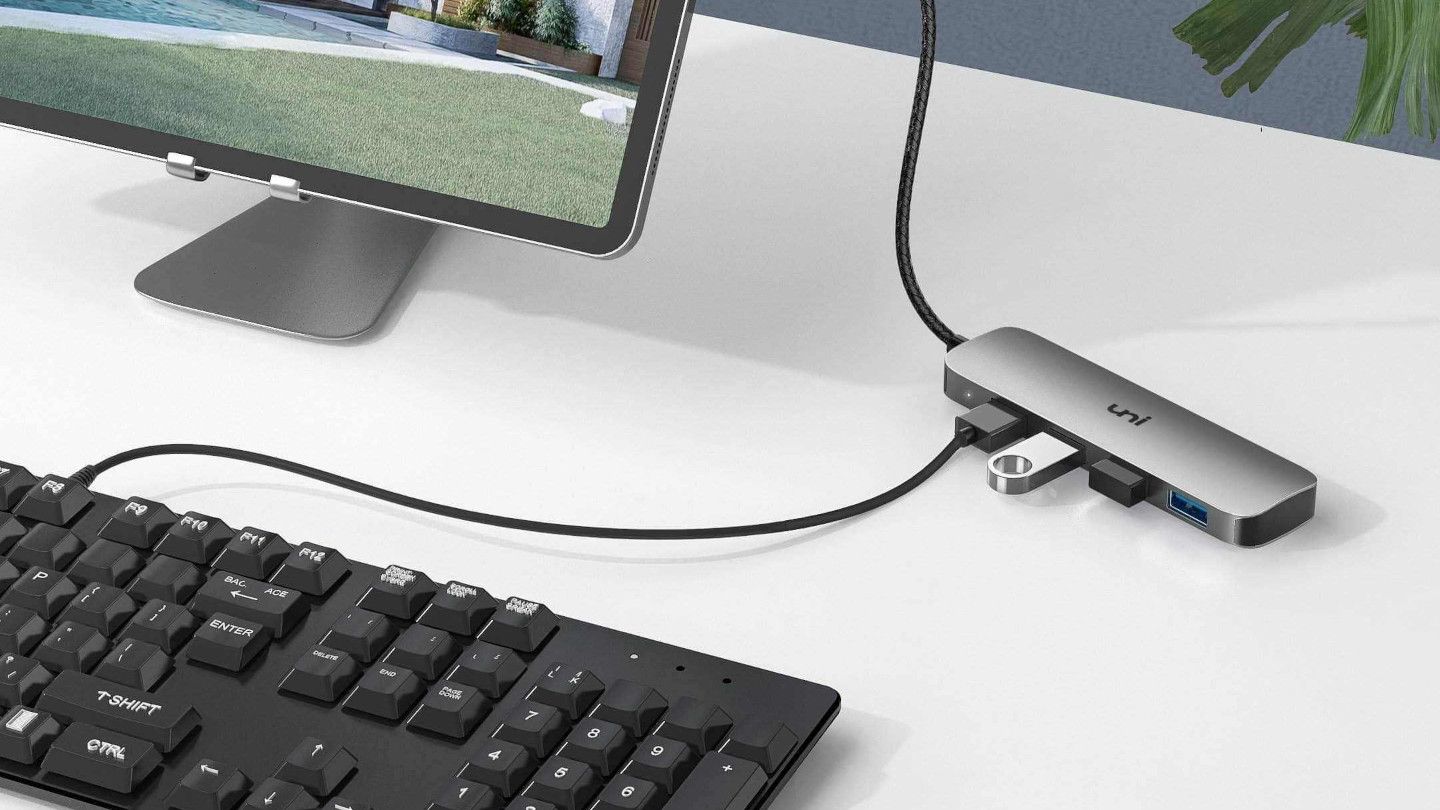
Get organized with this Uni 4-Port USB-C hub deal and banish those messy cables
Straighten out that desk of yours with 4 USB-A ports for less than $15
It's probably a safe bet that if you've got a laptop or Chromebook sitting nearby, you have at least three or four devices taking up all of their USB ports. A USB flash drive or two, maybe a mouse dongle, and quite possibly your phone's charging cable.
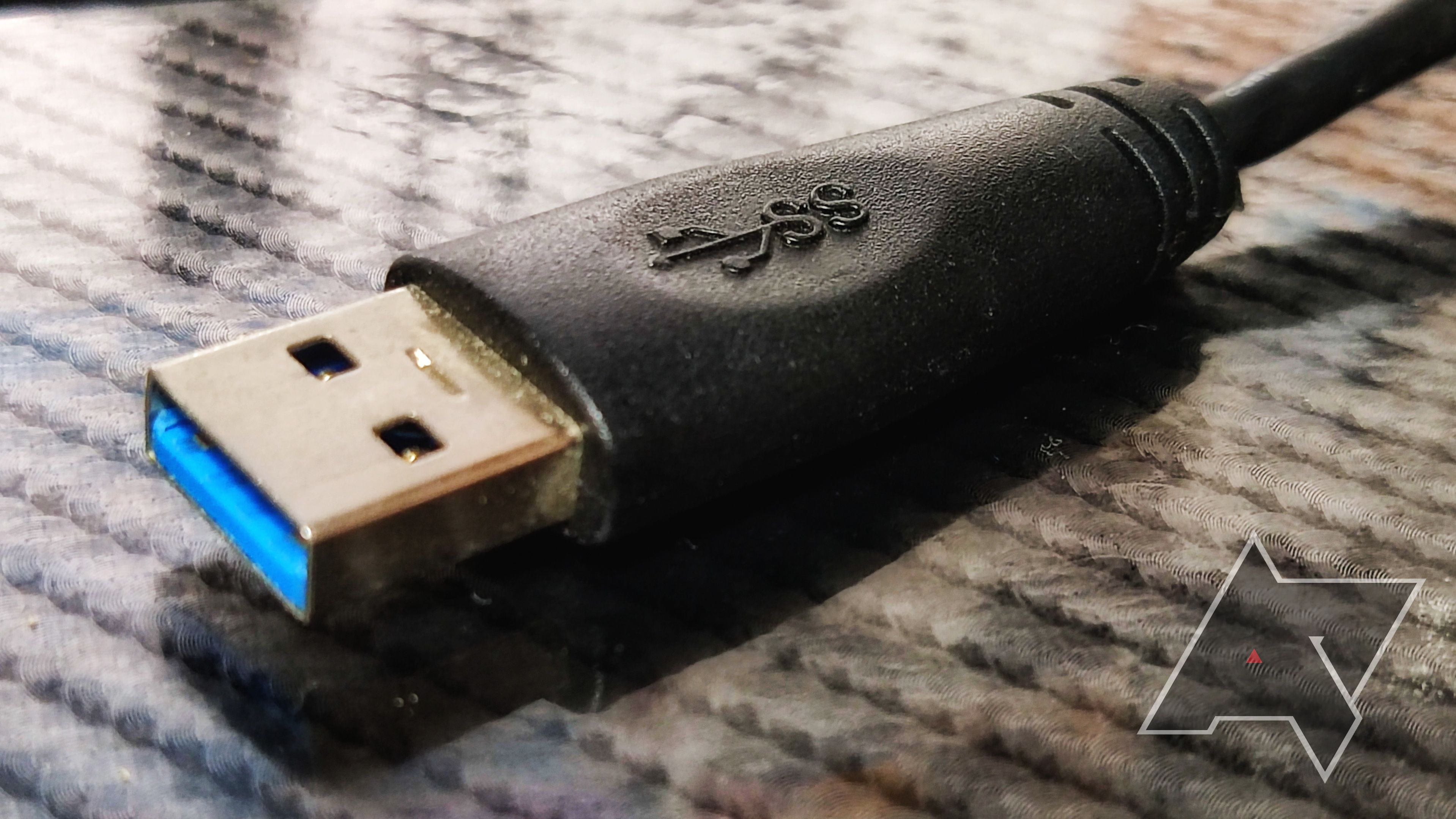
USB SuperSpeed branding meets its demise, but may still appear on some products
Just tell us the data rate and wattage supported, already
USB is somehow both the simplest thing in the world, streamlining how we charge our devices, transfer data, and connect accessories, yet also an impenetrably confusing mess of inscrutable standards — who knows if you'll need a new cable to charge your phone at full speed? Thankfully, the powers that be (the USB Implementers Forum, or USB-IF) aren't unsympathetic to our plight, and following efforts last year to clean up power rating logos, the group's rebranding effort is now looking to simplify the nomenclature for the SuperSpeed and USB4 standards.
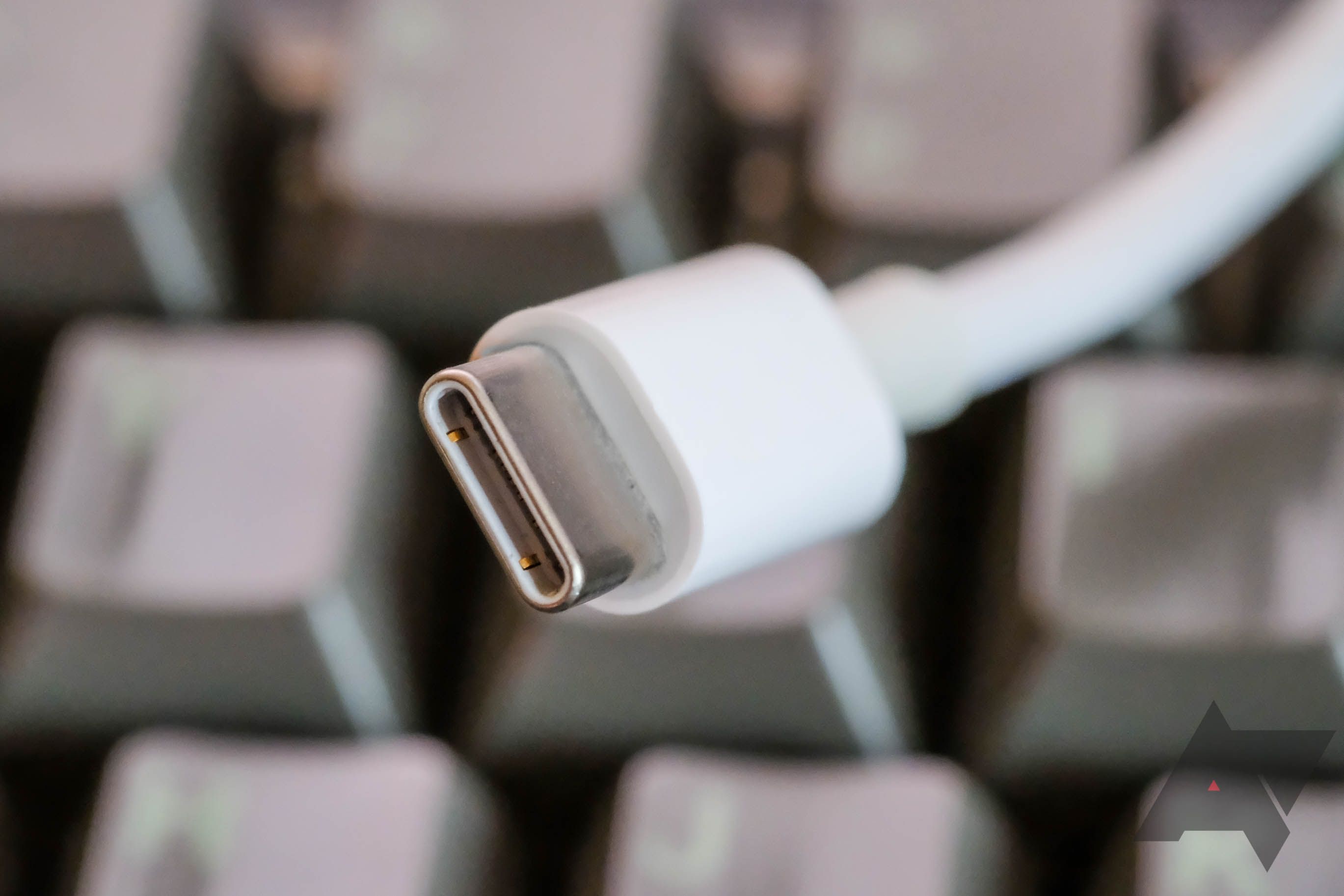
USB Type-C cables will soon have easily spotted power rating logos
Thanks to the USB-IF, buying the right cable for a specific situation should get easier
You might have an easier time shopping for USB Type-C cables for high-power devices soon. The USB Implementers Forum (USB-IF) has just announced a new power-rating logo that you might someday see winking at you from a future USB cable, explaining that those bundled wires are rated for either 60W or 240W of power.
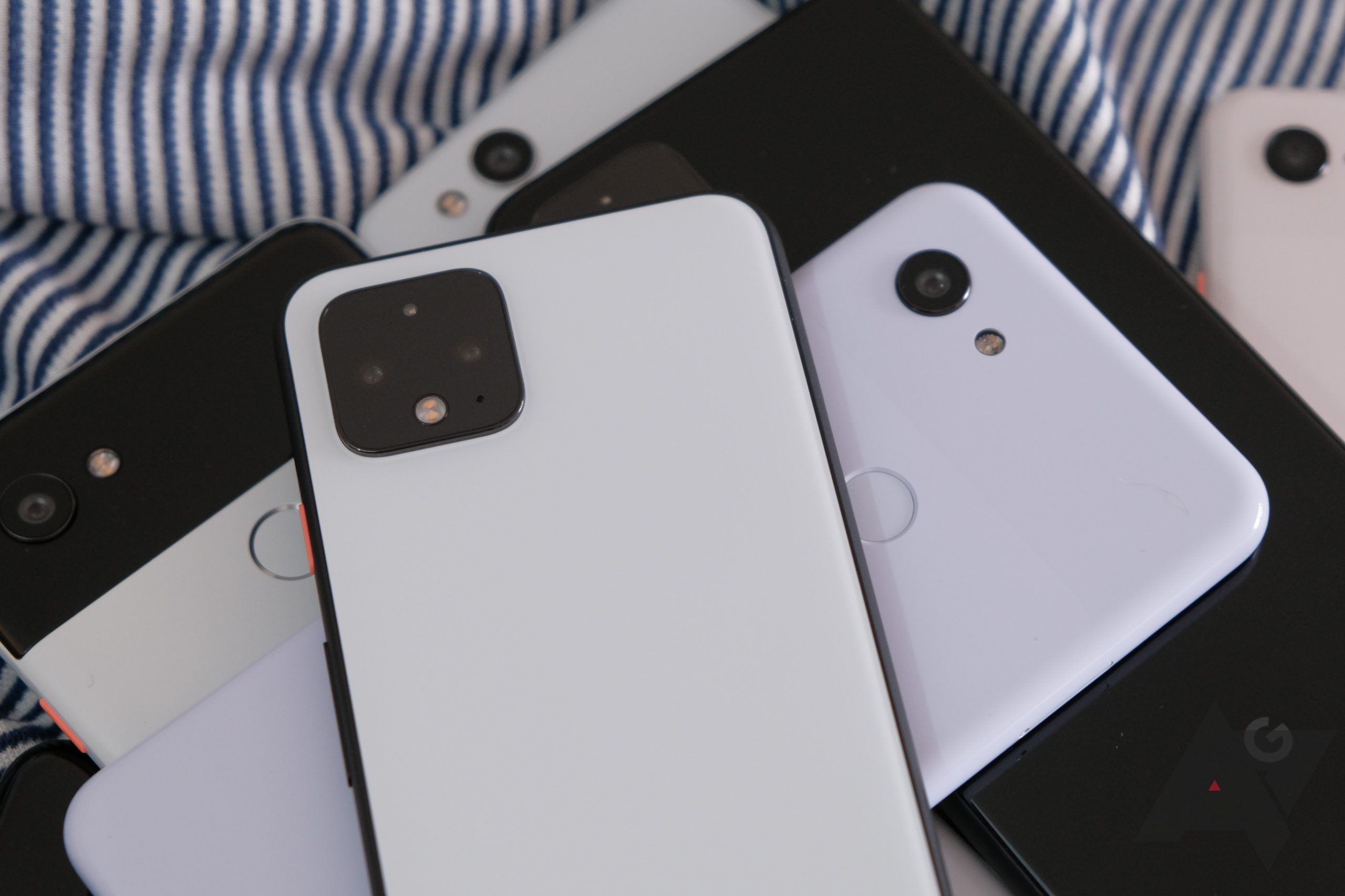
The best Android power user features you may have forgotten about
These settings may have slipped your mind, but they're still worth checking out
With over a decade under its belt, Android has built a long history as Google's mobile operating system. And in that history are dozens of little features, changes, and updates that have added, removed, or modified aspects of that OS in subtle and not-so-subtle ways. But for every new option Google brings to Android, we're probably forgetting one that been in there for years that we've simply not bothered to use in a while. And in some cases, these are pretty genuinely useful things!Remember you can use two fingers to swipe down for quick settings? Screen pinning? Lock screen messages? Well, we've got those and a pretty good handful of others that may have fallen by the wayside on your phone.

Pixel 3 and 4 USB transfer speeds dwarfed by the competition in recent tests
Roughly half as fast as some other recent phones in Android Authority’s tests
According to a recent set of benchmarks conducted by the folks at Android Authority, Google’s latest Pixels suffer a bit of a problem with file transfer speed over USB Type-C. Although Google bills the port as supporting USB 3.0 transfer speeds, something about the phone’s configuration results in nearly half the speed compared to other recent phones, like the OnePlus 7T Pro and Galaxy S10e.
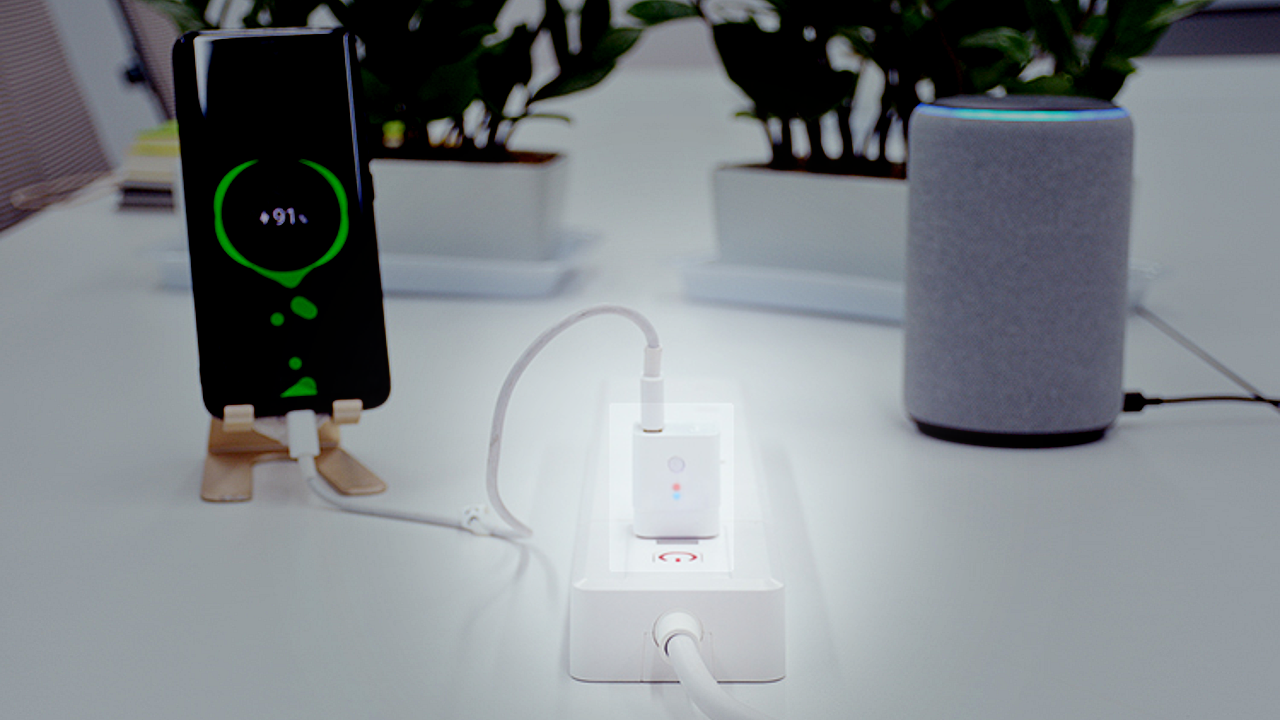
When you think about a smart home, one of the first things that comes to mind would be smart plugs. But maybe you'd like to manage some USB-powered tools ortrinkets with the touch of an app or the sound of your voice. If so, you might want to look to the Chinese accessories market as Sonoff has made what it calls a smart remote control to link your widget up with Google Assistant or Alexa.The Sonoff Micro adapter acts as a pass-through between a 5V USB power source (up to 2.5A) and any compatible widget. It's able to turn that device on or off by command when connected to 2.4GHz Wi-Fi or on a pre-defined schedule. Multiple adapters can be assigned to so-called Smart Scene groups that can be activated all at the same time.[EMBED_YT]https://www.youtube.com/watch?v=-Phf2Z7B01E&feature=emb_title[/EMBED_YT]It's a pretty good product on paper for most people who already rely on a spare USB port on their computer or an existing adapter to power their widgets, though we can definitely see the case for a self-contained version of the Micro with a battery inside.This smart adapter probably exists in hundreds of Chinese manufacturers' catalogs, but Sonoff's version is currently on presale at ITEAD for $4.99 through December 20. After that, each unit will cost $6.49. First shipments are due to go out December 27.If you're using it with a Google Assistant device, you'll need the Android app below and an integration which we've linked here before you can start sending requests to the widget. For Alexa users, you can download the associated skill here.[EMBED_APP]https://play.google.com/store/apps/details?id=com.coolkit[/EMBED_APP]Those of you who have concerns about sending their data off to China might want to wait until a domestic manufacturer comes out with their own version, but hey: a tool's a tool and it's here right now.Source: ITEADThanks: Andreas

Read update
The USB Implementers Forum has published the USB4 specification after months feedback. The new rules, first announced in March, essentially make the latest iteration of the Universal Serial Bus standard almost exactly like Intel's Thunderbolt 3 standard, which the company itself has volunteered for codification.
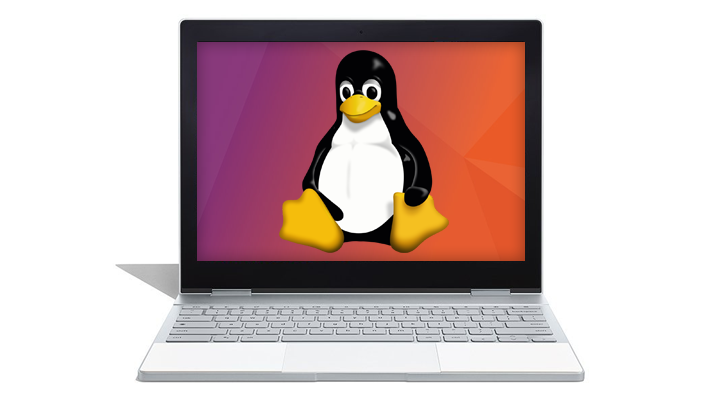
Linux application support on Chrome OS was introduced last year, but because it runs in a protected container on top of the actual operating system, there were plenty of caveats. Sound support and graphics acceleration are still in the works, and we're finally seeing progress on another crucial component — USB support.
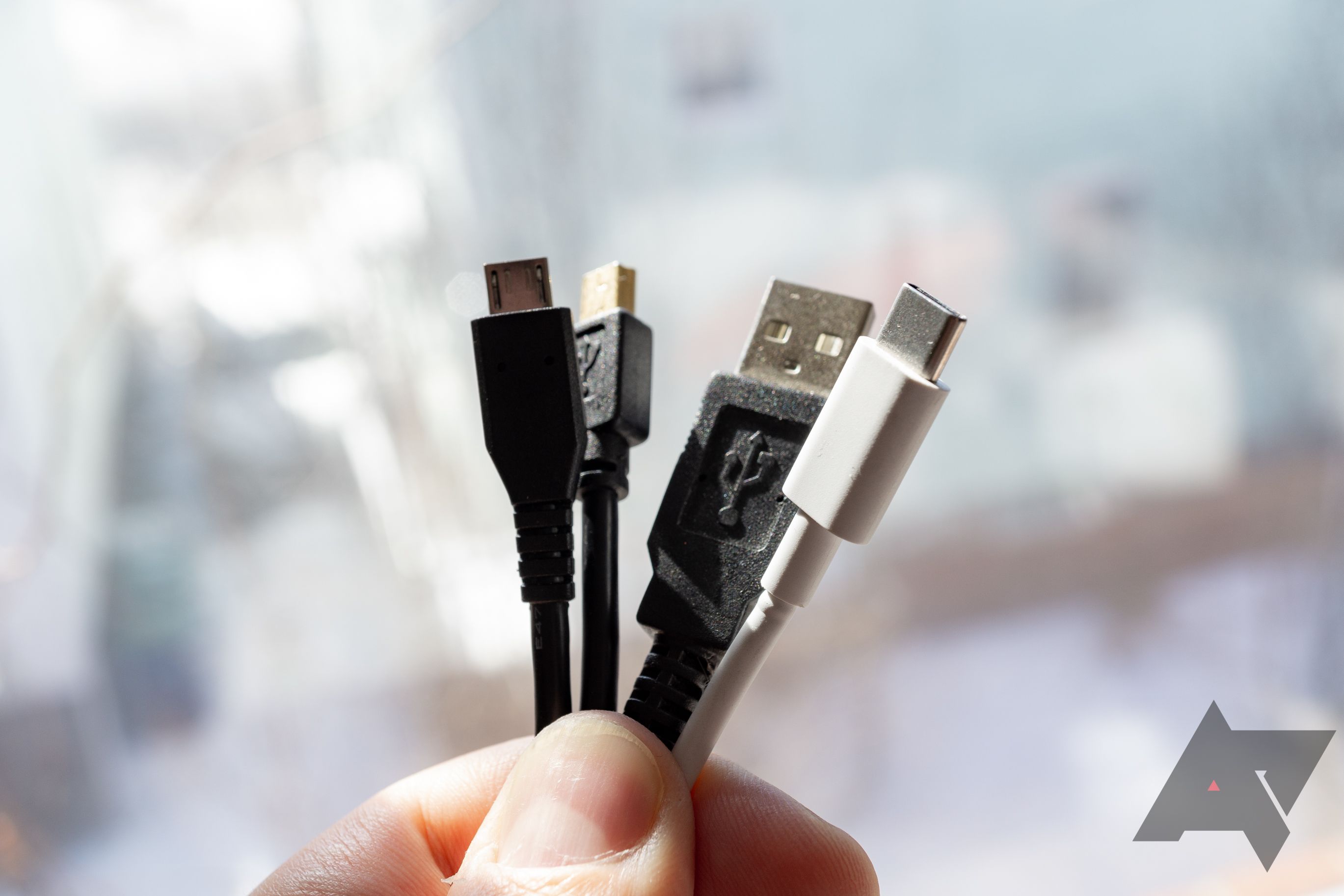
Yesterday, the USB Promoter Group revealed the next evolution of its ubiquitous peripheral spec: USB4. The new specification, which is still a draft in the final stages of review, is based on Intel's Thunderbolt 3 protocol, delivering up to 40Gbps throughput over existing, Thunderbolt spec-certified Type-C cables. That's twice as fast as current USB 3.2 maximums. It's also backward compatible with existing USB 3.2, 2.0, and Thunderbolt 3 specs and devices.
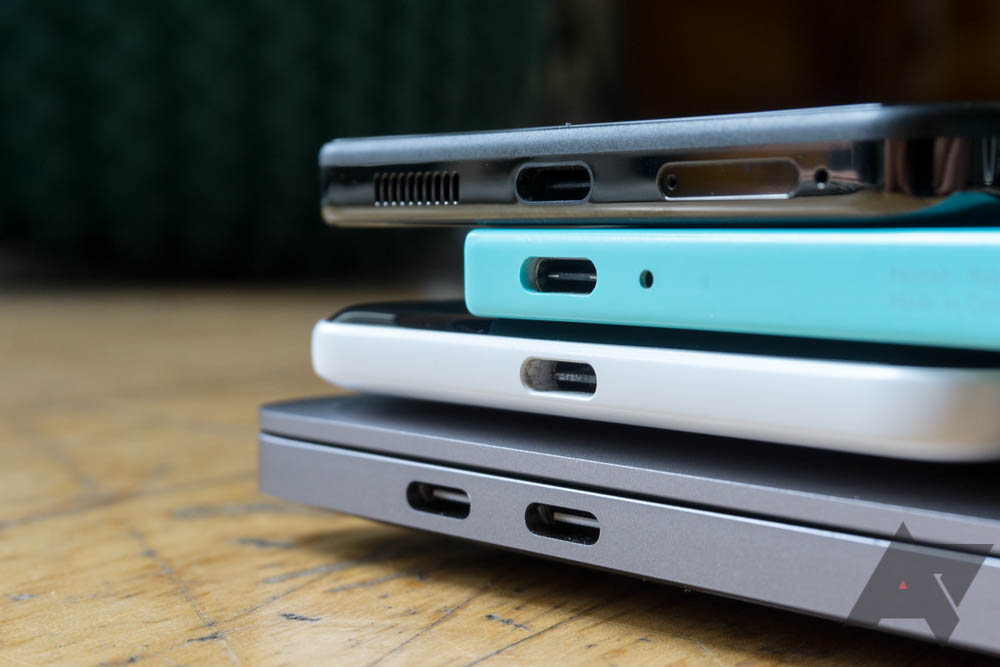
USB 3.1 still isn't incredibly common on consumer electronics, but the USB Implementers Forum is looking to the future. The group has formally announced the new USB 3.2 standard, which not only promises to be twice as fast as USB 3.1 (in some cases), but will also be far more confusing.

Today the USB-IF, the non-profit behind the USB standard's marketing and specifications, revealed the formal launch of its "USB Type-C™ Authentication Program," originally announced back in 2016. The optional program "defines cryptographic-based authentication for USB Type-C chargers and devices." If that sounds like a thinly veiled euphemism for hardware DRM to you, that's because it is.
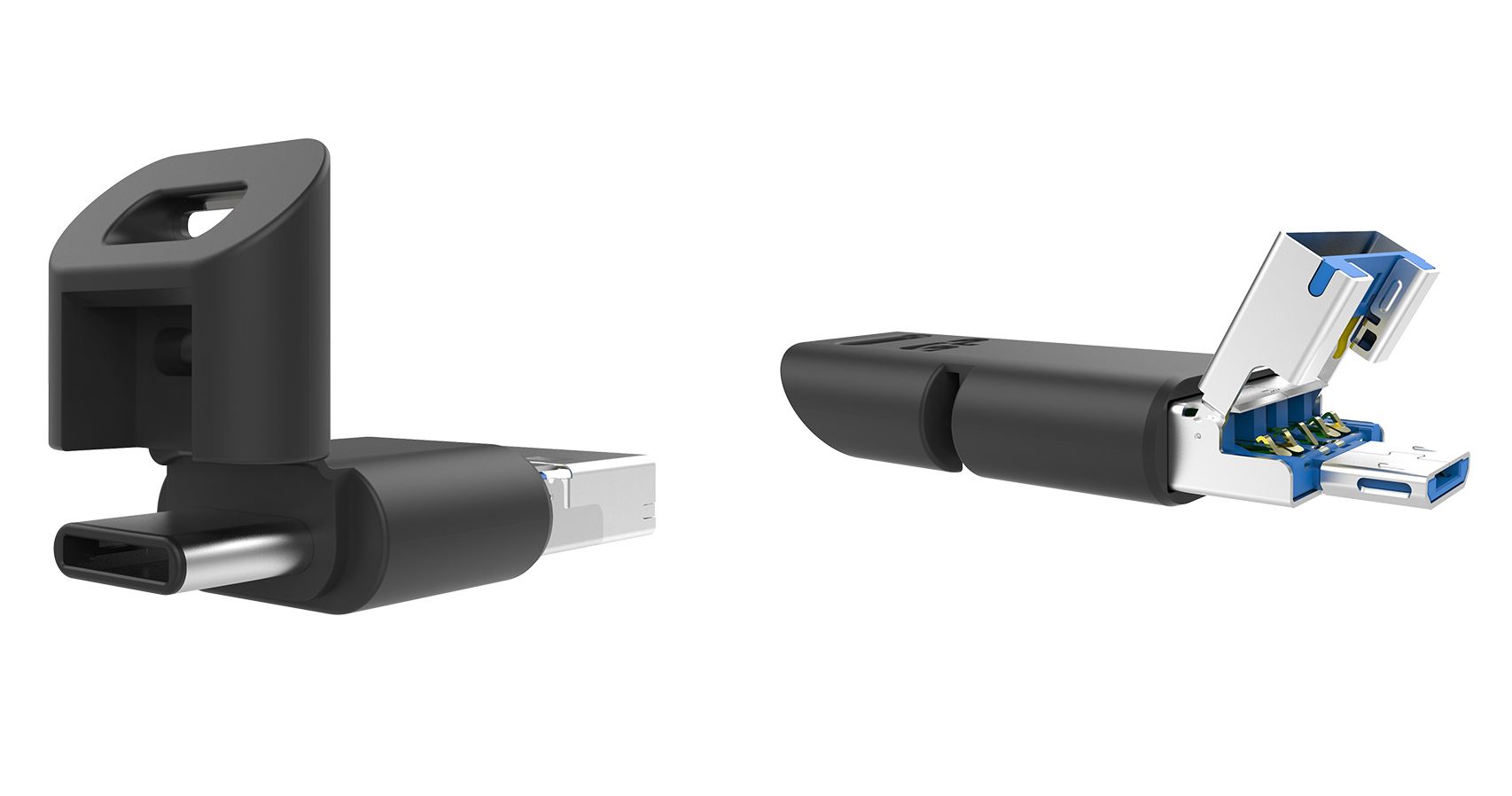
We live in interesting times. As the USB Type-C standard slowly spreads, we're left with three different USB ports in operation. There's USB-C, USB-A, and microUSB, but no longer will you need different flash drives for all those devices. A company called Silicon Power has announced a flash drive that has all three connectors, and it doesn't look as awkward as you'd expect.
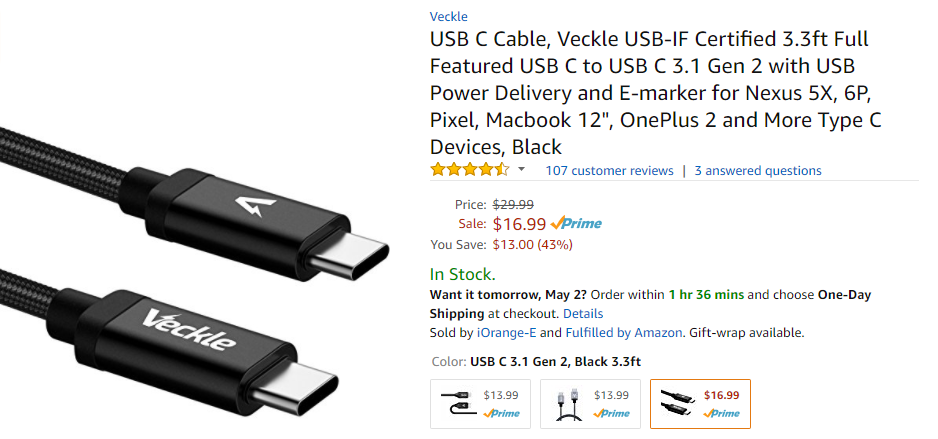
Buying a USB Type-C cable is a lot more complicated than buying microUSB cables used to be. There are various subtle differences in the spec, and a bad cable can even damage your devices. This has led Google engineer Benson Leung to review Type-C accessories in order to draw attention to the ones you shouldn't buy. The latest cable to get Benson's thumbs up is the USB 3.1 Type-C cable from Veckle (formerly iOrange-E).This cable really has all the things. There's support for "SuperSpeed+" with a data rate as high as 10Gbps on supported devices. It's backward compatible with 5Gbps and 480Mbps as well. It also puts out 100W of power (20V at 5A) to charge anything from your Pixel to the new MacBooks.The Veckle cable is certified by the USB-IF, and it has a special e-marker identification chip to prove it. Benson really only has one complaint: this cable does not use the proper USB logo for the spec (a SuperSpeed 10 trident logo, apparently) to differentiate it from other cables. Still, if you need a really, really good cable, this appears to be the one. It's 3.3 feet long and clocks in at $16.99.If you're looking for something cheaper, Benson has also given his stamp of approval to the Amazon Basics Type-C cable. It's only USB 2.0, but it nails the charging spec.Source: Amazon, +Benson Leung
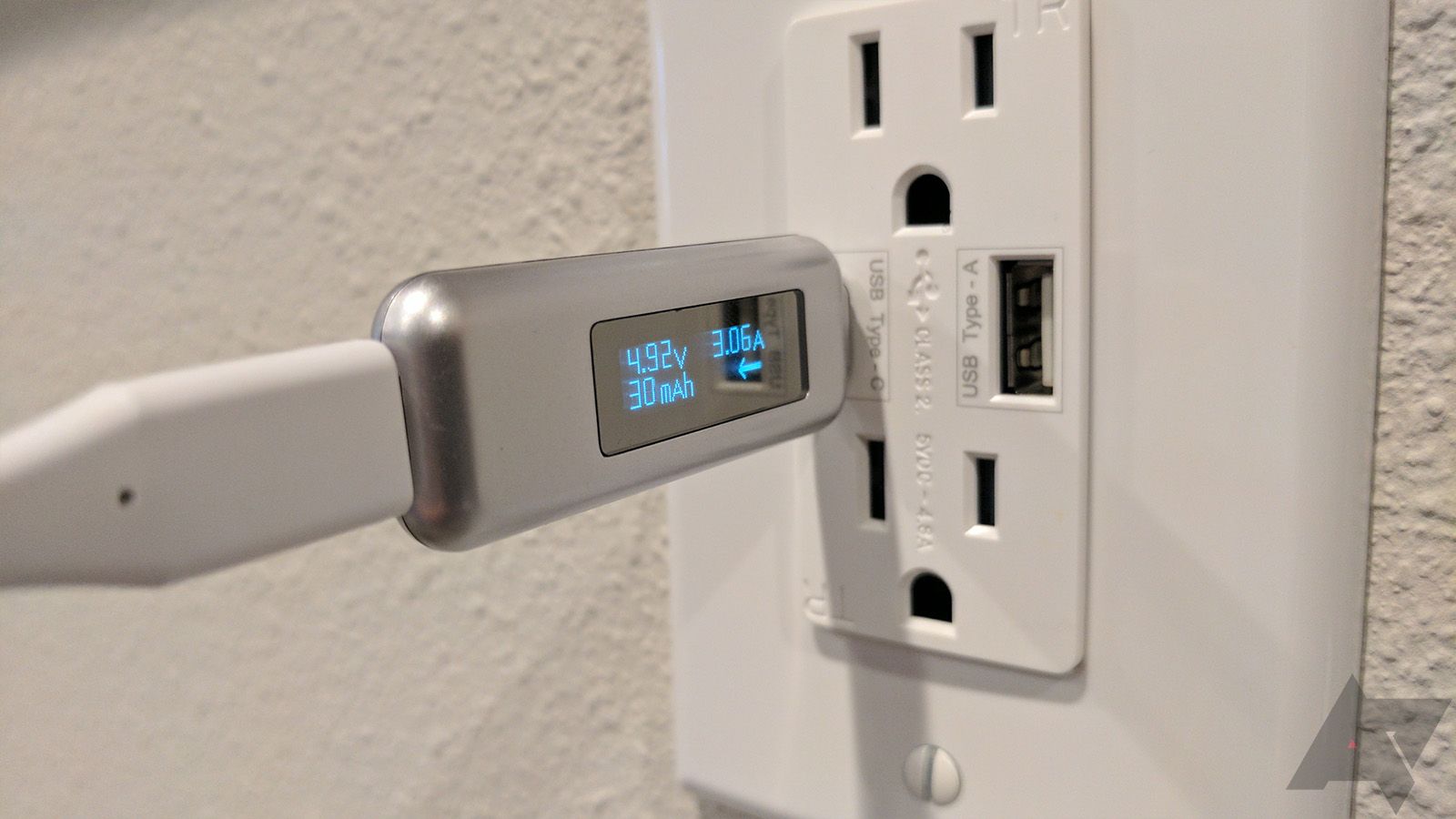
I admit that we're all pretty nerdy here at AP and we obsess over things that most people don't even consider. But we do it for all of you. One thing that some of us, especially Artem, want to know is how fast a particular charger/cable combination charges. Power meters were designed just for people like us, but I am here to show you what the folks at Satechi have cooked up.This one is a USB-C power meter (model number ST-TCPM), which was designed to complement the increasing number of Type-C devices hitting the market. What's nifty about this little guy is that it takes advantage of the bi-directional power flow in the Type-C spec, which means it can meter the electricity from both directions.So if you've wondered at what rate exactly your USB-C phone, tablet, or whatever is charging, then this is for you. Just remember that if you are planning on purchasing one of these, this power meter does not function as a protection circuit. That means that terrible, unsafe accessories will still be terrible and unsafe. Continue to exercise caution and good judgment to preserve your devices.
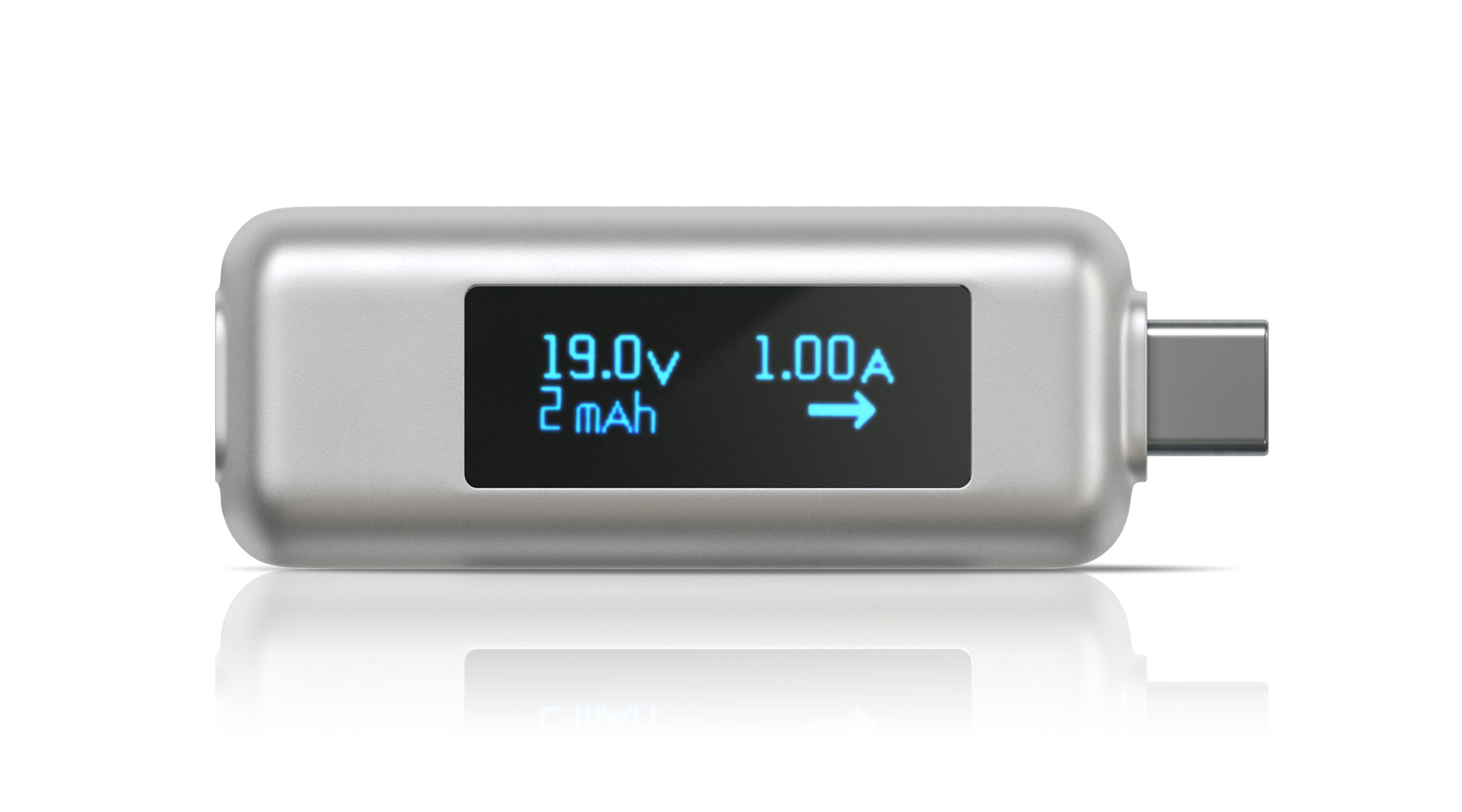
In the microUSB days, there were several handy little power meters you could get that measured the power draw of your phone. I have one in a drawer someplace because most new phones have moved to USB Type-C, rendering that device useless. Now, there's a Type-C power meter available courtesy of Satechi. It's a little more expensive than the microUSB versions were, but it looks slick.The Satechi Type-C power meter retails for $30, but it's sitting at on Amazon currently. The idea is that you plug this device into your phone and plug the charging cable into the other end (it should also work plugged into the source). The display shows you the live power draw of your phone with volts, milliampere-hours, and amps. It's also compatible with data pass-through for USB 3.1 gen 2. Here's a demo video in which the presenter seems to mispronounce the company's name several times.[EMBED_YT]https://youtu.be/TdPtz2R5MG0[/EMBED_YT]Satechi is pushing this device as a way to detect counterfeit chargers, though I'm not sure that's the best use case. It's not like it will alert you to a piece of hardware that breaks spec. It simply lets you track abnormal charging behavior. Maybe that's indicative of bad hardware and maybe not. It might be perfect to test the Pixel fast-charging mystery that David is investigating, though.Source: Satechi, Amazon
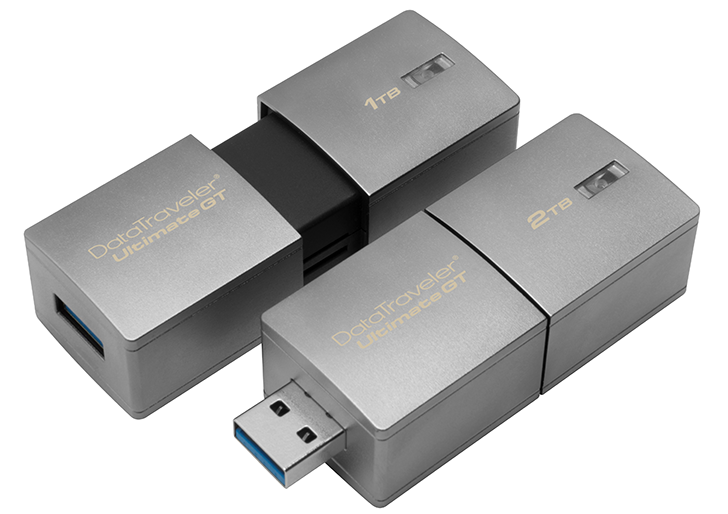
Since the very first disc drive, the 5MB IBM 350, storage has only become cheaper, smaller, and more plentiful. Today at CES, Kingston Digital announced the DataTraveler Ultimate Generation Terabyte (that's a mouthful) flash drives, which will be sold in both 1TB and 2TB configurations.The drives themselves are just 2.83 inches wide (72mm), and claim to support full USB 3.1 Gen 1 (otherwise known as USB 3.0) speeds; although I doubt this flash drive can max out at 5GBp/s. I would have liked to see both USB Type-A and Type-C connectors, like this Lexar drive, for easier connectivity with USB Type-C Android devices (and new Apple computers).Both drives will ship in February, but Kingston did not mention a price - no doubt they will be extremely expensive. If you buy one, please backup your data - 1/2TB of anything is a lot to lose.
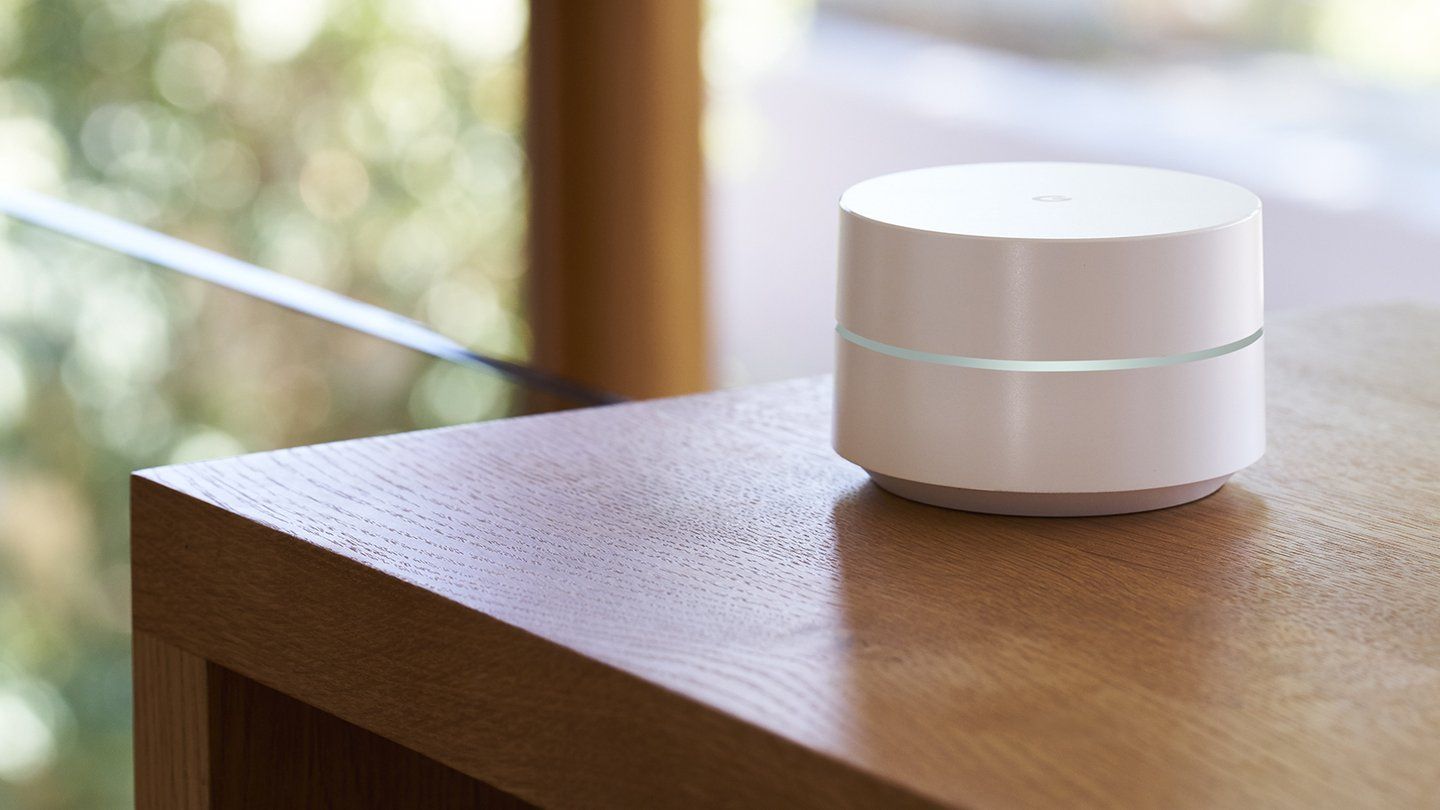
If you check out the listing for Google Wifi, you'll see that it doesn't say much about the power adapter—just that there is one. According to Google's USB Type-C Tsar, Benson Leung, it's actually a Type-C power adapter very similar to the one that comes with the Pixel C. Neat.
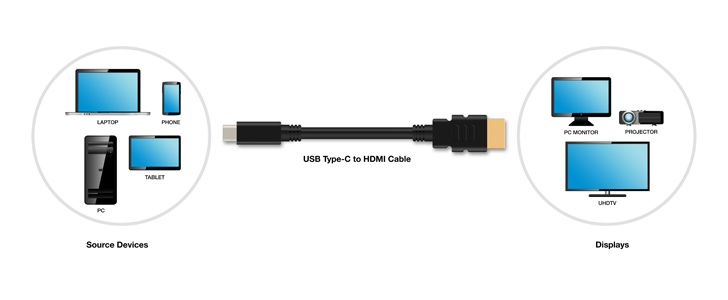
USB Type-C is fast becoming the standard for mobile devices, and it's more than just a reversible plug design. USB Type-C can do a lot more than microUSB could, and that now includes native HDMI output. The HDMI Founders organization has developed HDMI Alternate Mode for Type-C, which could enable easy video-out on future devices.
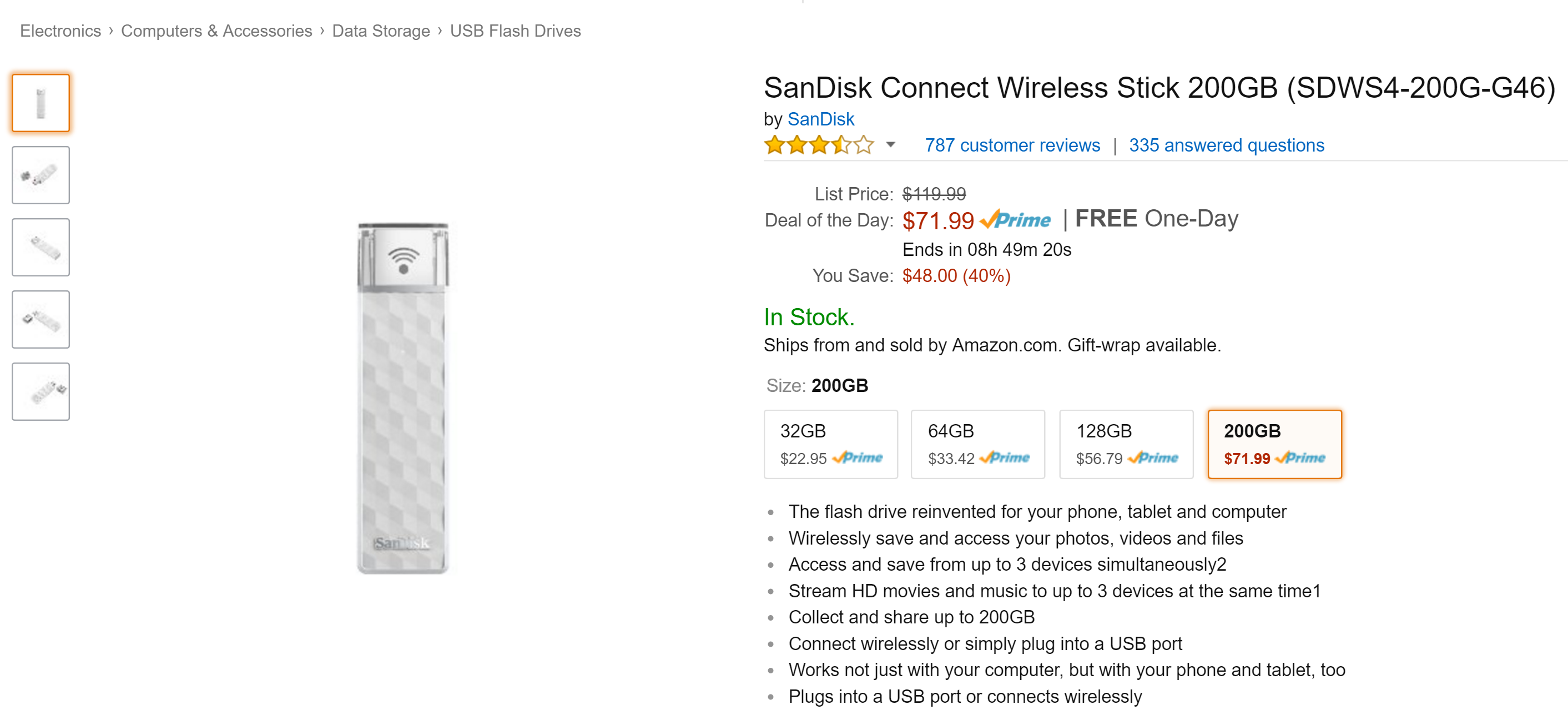
If you have a phone that isn't so fortunate to have been blessed with a microSD slot (*ahem*, Nexus owners) or just want to be able to access your files from multiple devices at the same time, the SanDisk Connect Wireless Stick is a good option. As part of Amazon's Deal of the Day, you'll be able to snag a 128GB model for .79 and a 200GB model for .99. They usually go for around $70 and $100 on Amazon, respectively.Flash drives like the SanDisk Connect Wireless Stick are able to produce and share files through a Wi-Fi network they create. You will have to use the SanDisk Connect Drive app to access the files, though. The stick will allow you to share files to three devices simultaneously through Wi-Fi, or you can use it as a normal USB flash drive.SanDisk also touts the ability to automatically back up your photos and videos to the Connect Wireless Stick when connected, which could come in handy if you don't have any data or Wi-Fi to back them up through Google Photos.If you're interested, you'll need to have an Android device running 4.2 Jellybean or higher. The stick will also work with iOS 8+, Windows Vista+, and macOS 10.6+. You'll need to hurry; as of this article's publishing, there are 8.5 hours remaining on the deal.Source: Amazon








